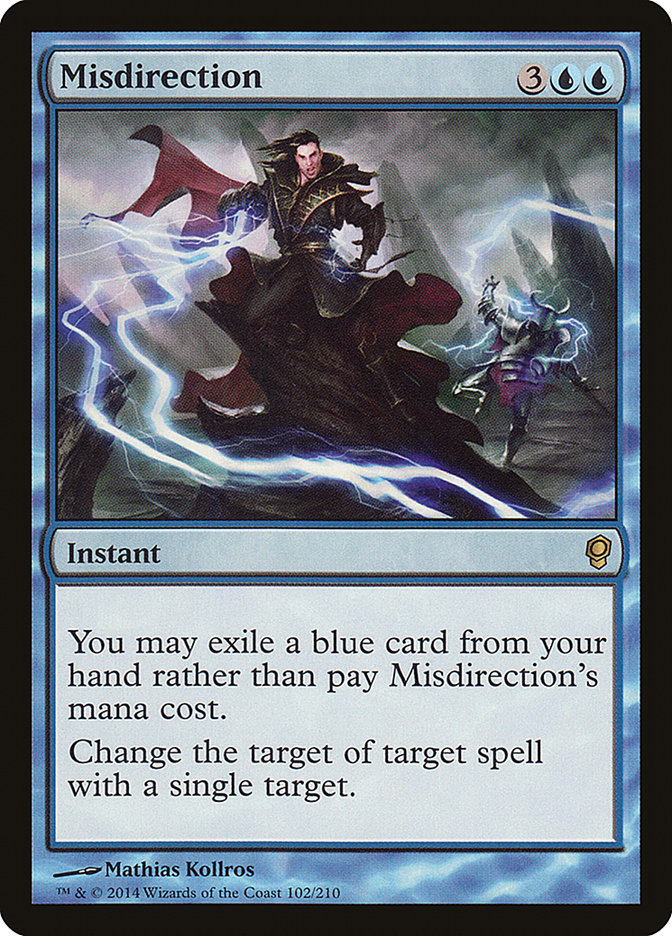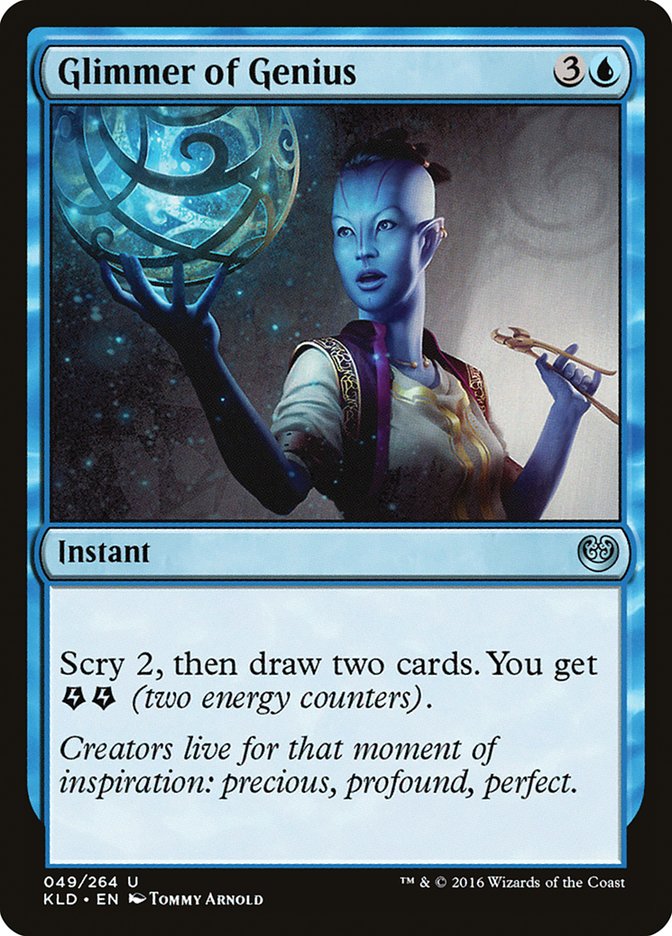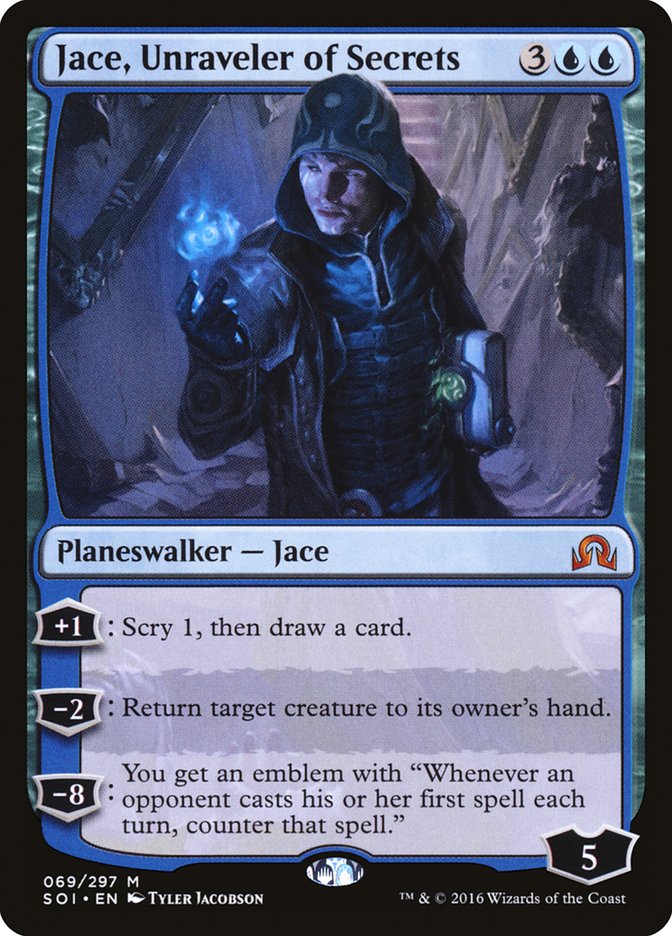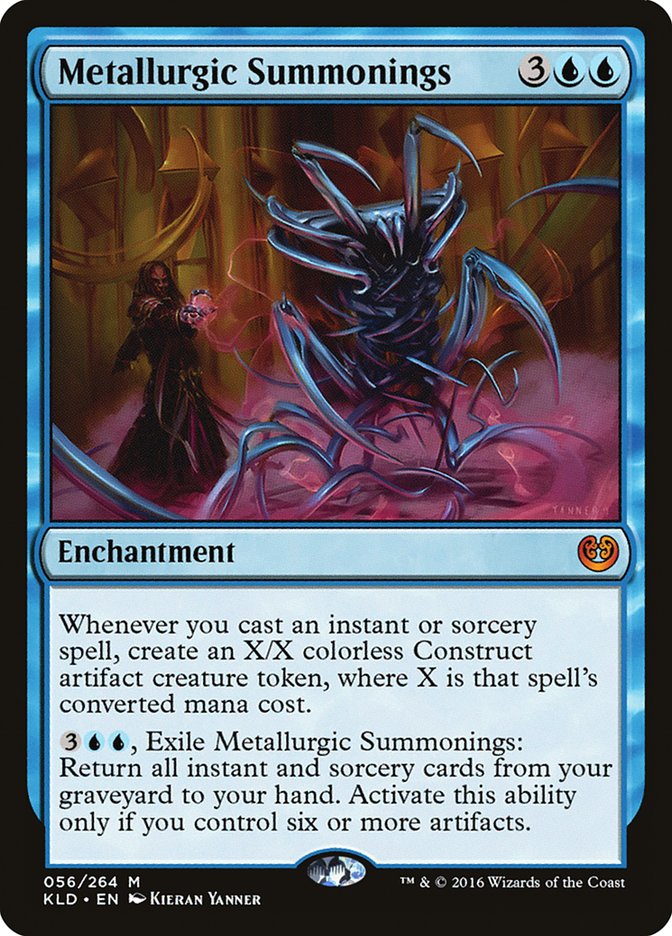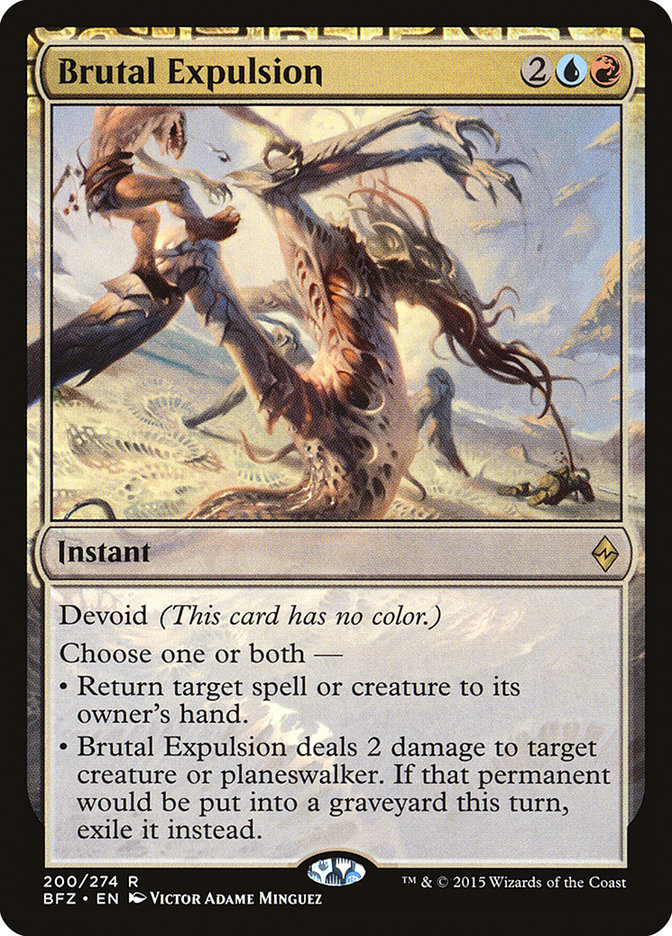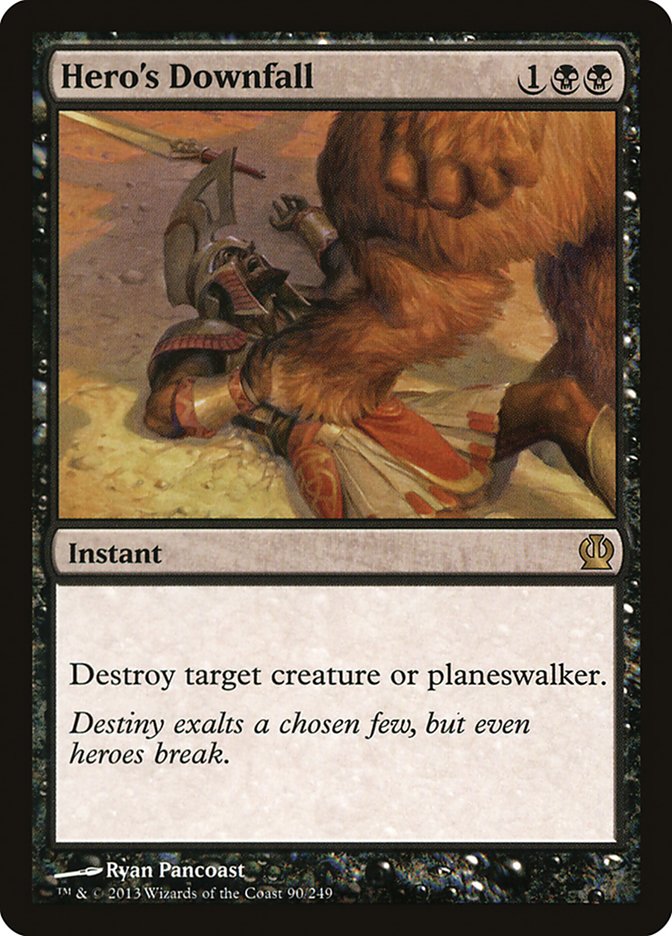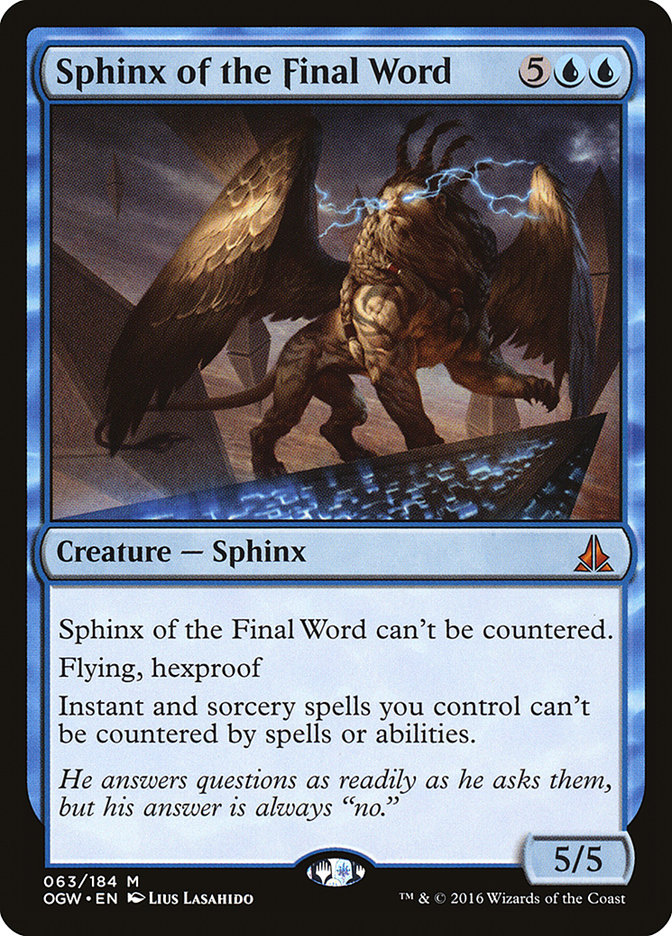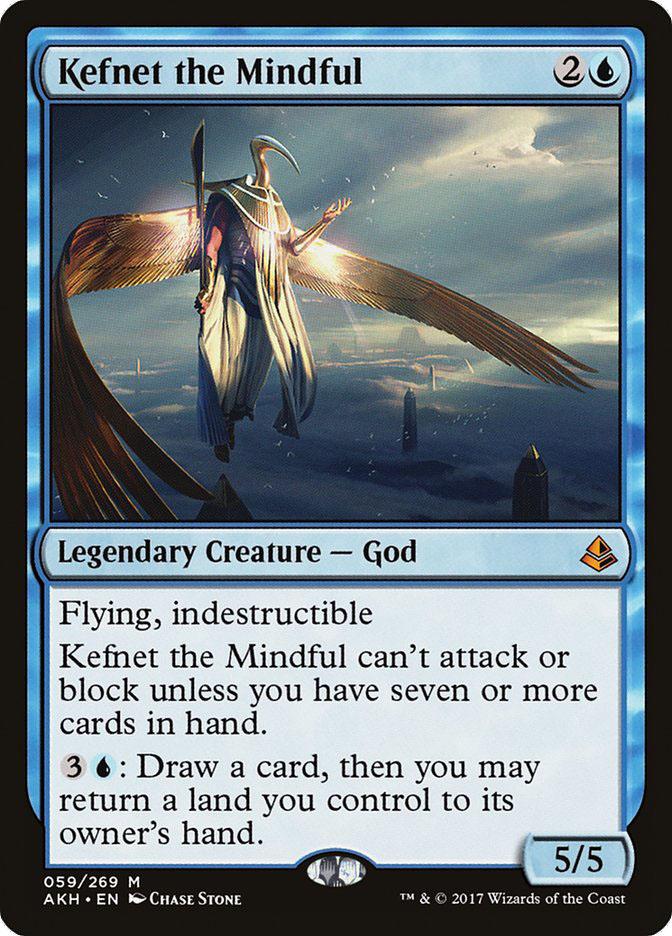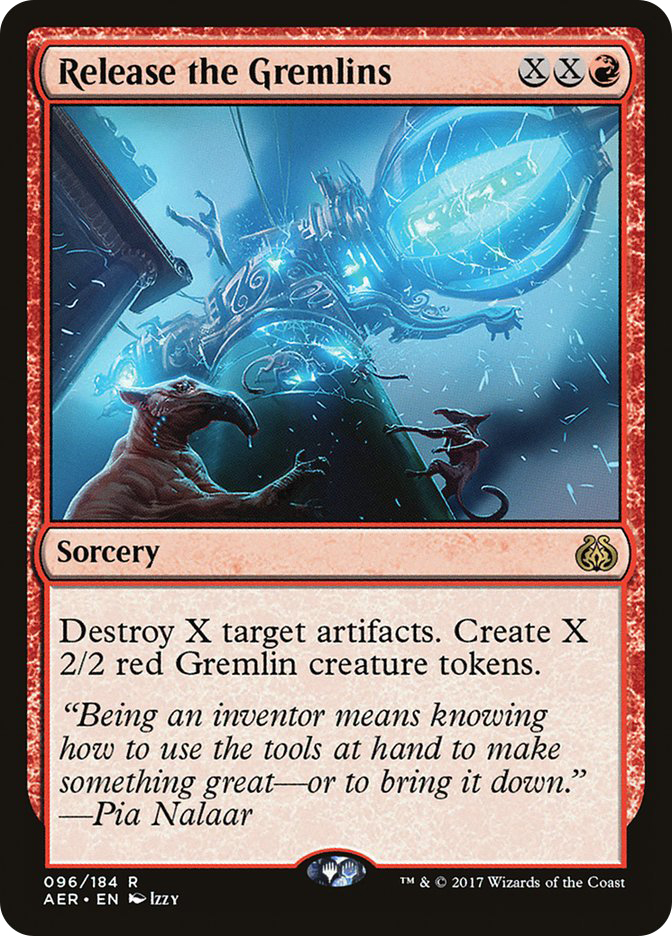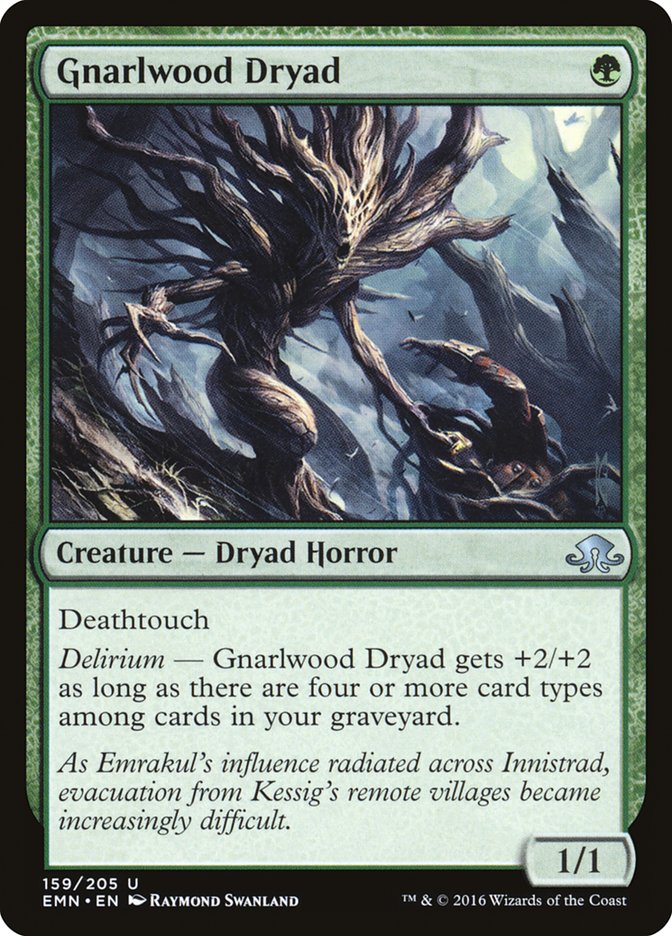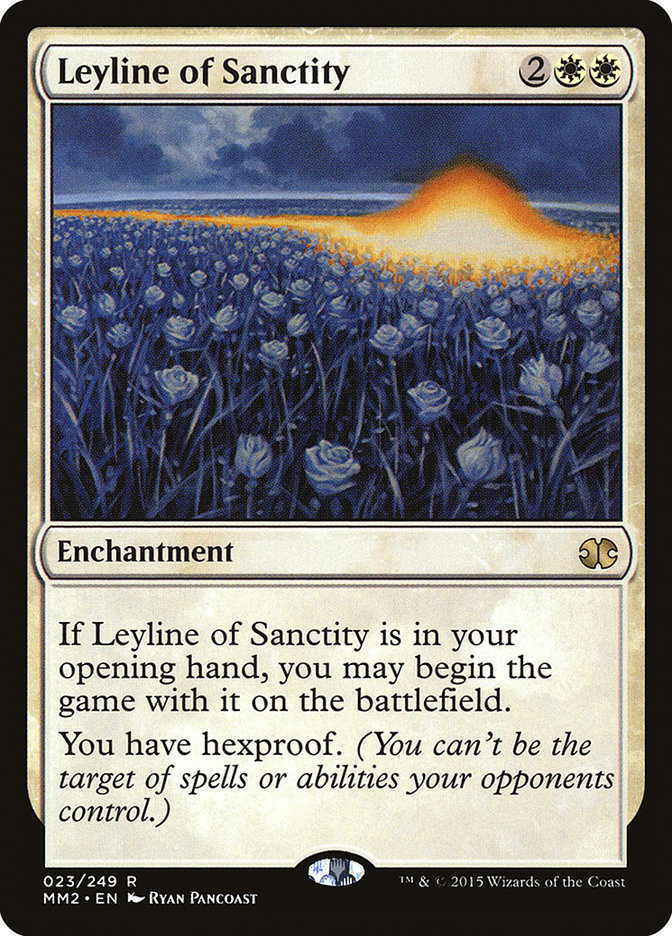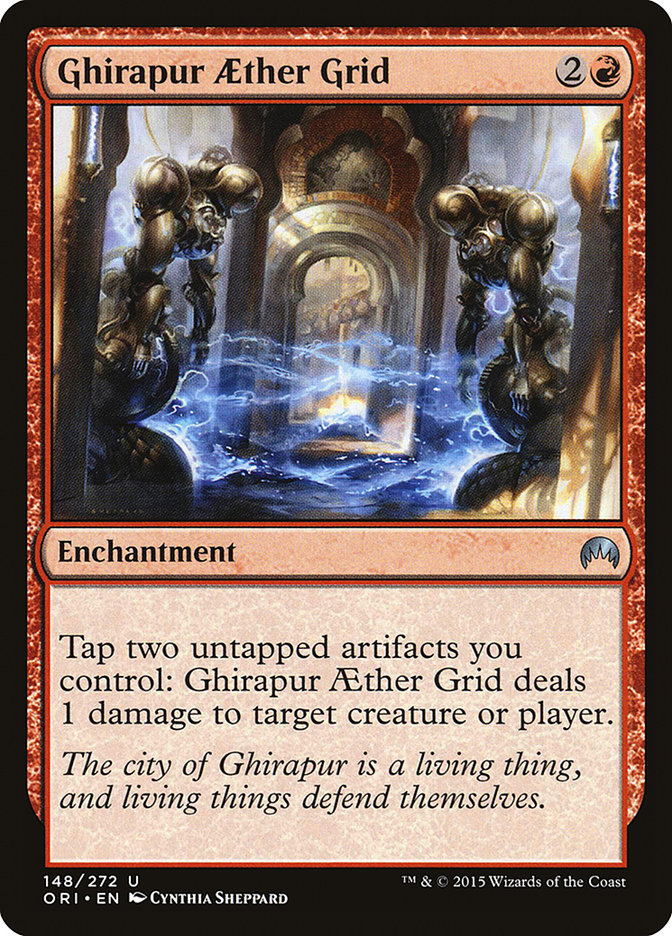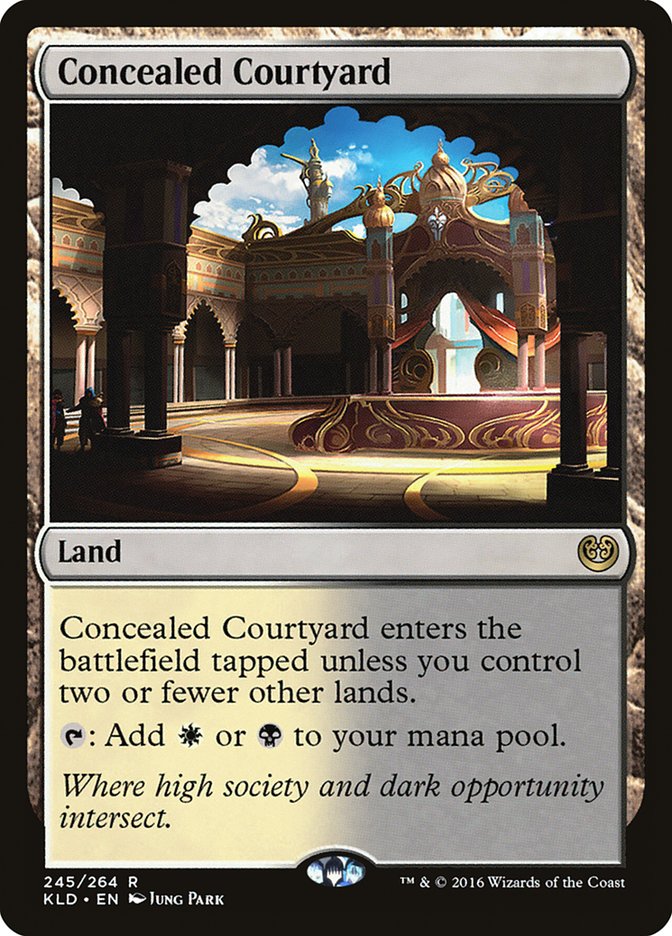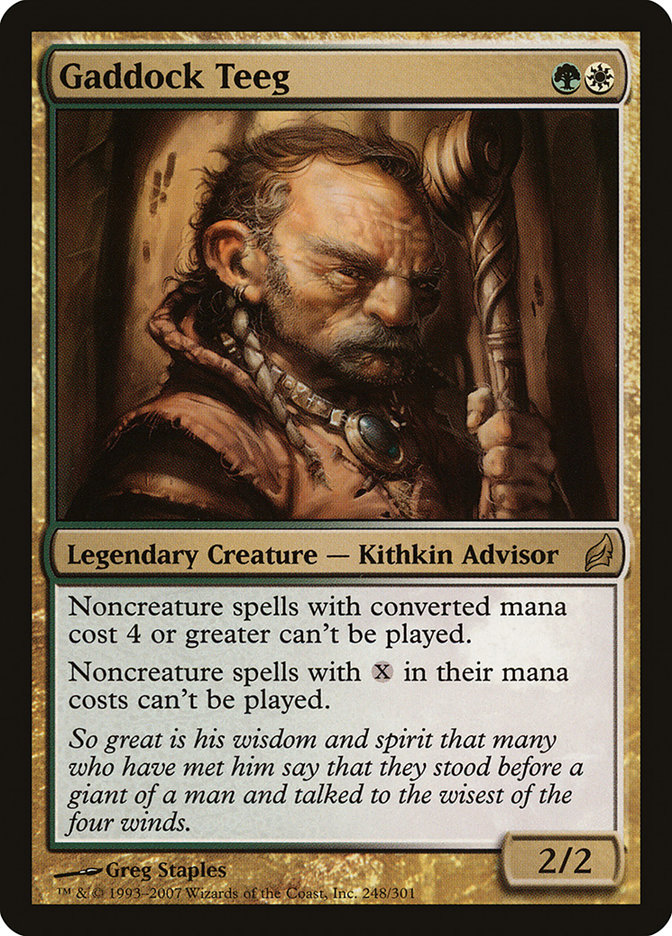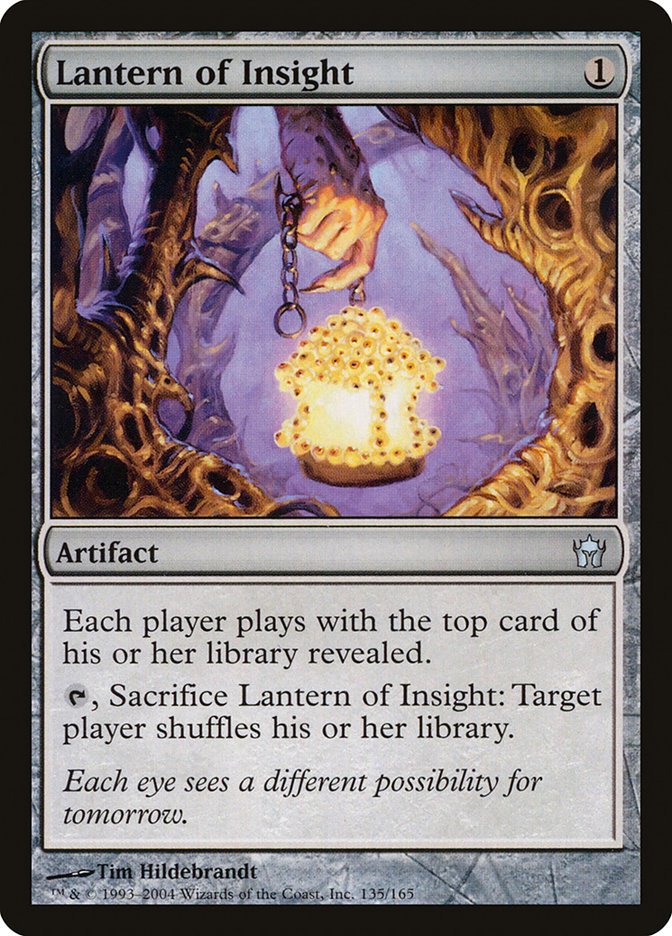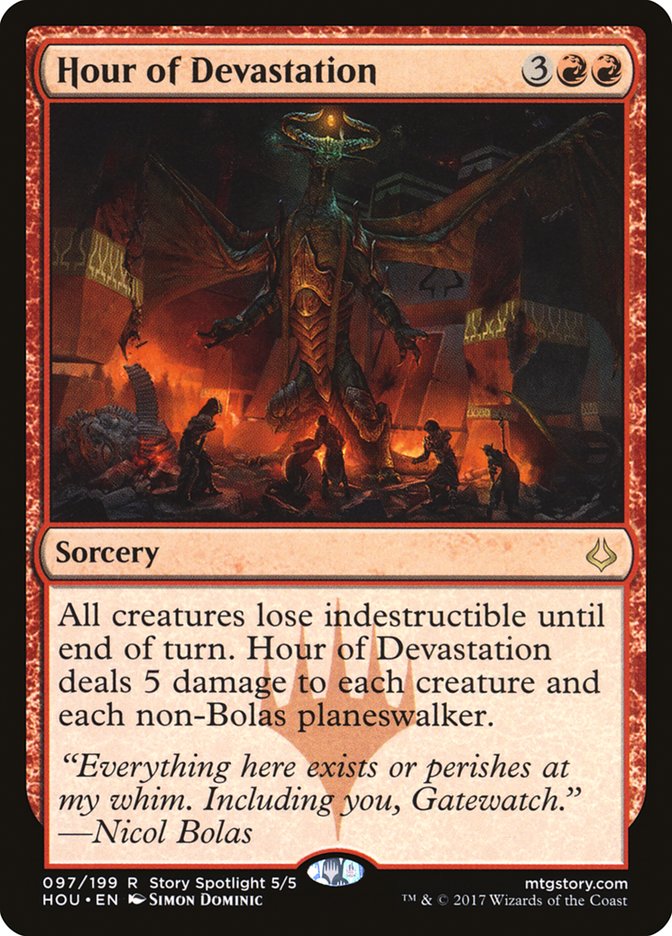I made my first SCG Invitational Top 8.
It was an exciting event for a lot of reasons. There were a ton of great players there, and Pete Hoefling had outdone himself, from video games for people to play for free to relax between rounds, massages available (how brilliant!), and a centrally located charging station that was available for anyone’s use, not to mention all of the regular things I associate with an SCG event: experienced staff, great logistics during the event, and great card availability.

The week before, I’d played in GP Cleveland with Alex John and Matt McCullough, and we finished an acceptable (though, to me, disappointing) 55th out of 537 teams. My plan had been simple: stay out in the area, floating from Detroit to Pittsburgh and DC, before heading to Baltimore for the SCG Invitational, staying with a few friends.
Of course, there was a small problem.
The Invitational was not in Baltimore.
Oops.
On the drive home from Cleveland, I tried to figure out how I’d made this mistake. My eventual conclusion was that I must have failed to update some very old information. It was embarrassing, to be certain, but I did look at the silver lining to it as well: it meant more practice and more fine-tuning of my deck choices could be accomplished.
I know that a lot of people have been largely down on the Constructed formats as of late, but I’m not one of them. While Standard bannings have been disheartening to many, at this point, I’m absolutely loving Standard, and I’m certain it is going to be even more interesting once Hour of Devastation is in the mix. Modern, while less exciting to me, still feels like it has a ton of play to it. Furthermore, it feels like there are a lot of options.
I brought with me two Modern decks and one Standard deck. By the time I left for Roanoke, I knew for certain that I was going to be on Temur Control in Standard. In Modern, I was either going to go with Lantern or with Burn, and I was strongly leaning towards Lantern.
Temur Control
My Temur Control deck was one I’d been working on for a long time. I had been playing it a ton, and published basically my exact list a few weeks earlier. In the time since that list was published, the only thing that changed was the sideboard.
Here’s the build I registered:
Creatures (3)
Planeswalkers (1)
Lands (25)
Spells (31)

There are two common claims that people make:
“You need four Torrential Gearhulk.”
“You need four Glimmer of Genius.”
I think these statements are both false.
Glimmer of Genius is an incredible card, but while it is better as a spell cast than Hieroglyphic Illumination, if you have enough card draw spells in total, you don’t need to have the fourth Glimmer of Genius. Overall, I found Hieroglyphic Illumination the superior spell because, while casting it is less powerful, cycling during the early-game provides a consistency that can’t be matched by the more powerful instant, and there are many games where there is no time to cast either spell, but you want the card draw on turn 6 when you cast a Torrential Gearhulk. I’d be absolutely open to even running four Glimmer of Genius and four Hieroglyphic Illumination, but I just think you need to make sure you have cards doing other work.
One of the cards you are most likely to have in your hand when you die is Torrential Gearhulk. What you need isn’t four Torrential Gearhulk, but rather, you need enough card advantage to lock games down and enough cards that affect the battlefield dramatically. For many months now, that package has been three Torrential Gearhulk and one Jace, Unraveler of Secrets in basically every build of U/R Control and Temur Control that I built. Jace has definitely felt like an utter monster of a card.
Jace, Unraveler of Secrets fits the same mold as Torrential Gearhulk as essentially a victory condition and a card advantage engine, but it comes to the table for one mana less. Especially in a deck with Commit // Memory, the bounce ability matters a lot, and you can also get a lot of mileage out of bouncing your own Torrential Gearhulk.
Metallurgic Summonings was the splashiest card in the 75, and the one that I think received the most exclamations of excitement from spectators. I’ve been loving Metallurgic Summonings since it was first printed, and when my friend John Paul took it for a spin, the card became a part of the testing process for my team for Pro Tour Kaladesh. I’d been playing the card in my sideboard in many builds of the deck, but after the world broke down into the Standard metagame after the last bannings, suddenly it felt like the only matchup where it wasn’t a very effective card was Mardu Vehicles. With that shift fully in place, I just moved it to the maindeck, and was happy to do so.
Brutal Expulsion got the nod over a third Commit and a fourth maindeck Magma Spray because I was simply missing the effect of the card. I really do think that the number one and two enemies for control in Standard are Gideon, Ally of Zendikar and Scrapheap Scrounger. There are many games in Standard where the tempo gained from casting a Brutal Expulsion (perhaps followed up a few turns later by a Torrential Gearhulk on Brutal Expulsion) absolutely steals what would otherwise be utterly unwinnable games.
Enemy morale is another factor as well: I’ve seen looks on my opponent’s faces that can only be described as seemingly shell-shocked, and sometimes a player will simply never recover for the next games because of such a psychic blow.
Commit // Memory is a card choice that I know a lot of people haven’t been particularly excited about. I had eventually gotten to the point with the card, however, that I was excited to go to three copies. There are a lot of ways that the card plays out like a blue Hero’s Downfall split card with a supercharged Memory Lapse. Especially with the access to card draw in the deck, a single Commit can sometimes just end the game, as the player loses out on their battlefield presence and then falls behind as they don’t find the game-changing card they are looking for buried somewhere in their deck.
Further, being able to hit nearly any permanent is a big deal. Planeswalkers, of course, are a great target for this, but it also matters a lot versus Zombies. If you look at my article The Challenges of Control in Standard from earlier this week, you’ll see that I have Commit as an active answer to several of the stickiest cards, including cards like Sphinx of the Final Word or Kefnet the Mindful, both of which I used Commit upon this weekend.
The Memory side of the spell doesn’t come up often, but when it does, it is often backbreaking. Late-game, some decks simply will not benefit from the huge card bump like the control deck will; in conjunction with Torrential Gearhulk, it is quite easy to come way, way ahead on a card advantage count with Memory. While I only cast Memory a handful of times, they were enough times to be relevant, particularly in matchups where Sanctum of Ugin was involved.
Here was the big card in the sideboard that made me want to go with green at all. Tireless Tracker absolutely ran away with so many games last weekend, it was unbelievable. Commit and Tireless Tracker feel about as gross as Thieving Magpie or Ophidian and Memory Lapse. Even without Evolving Wilds, this card overperformed and made some games end incredibly rapidly. Even still, I do wonder about cutting one, because I was missing a card…
I didn’t run this card in the sideboard, cutting it literally the morning of the event. I wish I’d had it, though, and I’m certain it would have made more than a few matches go much better over the weekend. Just one of this card feels fine right now, but even with the green, Release the Gremlins is the card I’d run over Manglehorn.
This was the best solution I could find to Bristling Hydra. The second copy of the card was the final add-in for the sideboard, chopping out that Release the Gremlins. The advice of several people, including my friends Ronny Serio, Ian DeGraff, and Zac Elsik, made me make the room, if only because you need something fast against the most aggressive energy decks.
The card ended up being surprisingly good against Metalwork Colossus, and I sideboarded it in several times in that matchup to very good effect, completely holding off groups of attackers who weren’t prepared to go toe-to-toe with the little green fae, buying a lot of time.
This was an awesome sideboard card against anyone who had powerful creatures. I copied Glorybringer more than a few times, as well as World Breaker, many Torrential Gearhulks, a few Tireless Trackers, and an Archangel Avacyn. I particularly like the card in control mirrors, as a cheaper, uncounterable Torrential Gearhulk can swing games like you wouldn’t believe, and the insurance against other problematic cards that the opponent might play is relevant as well.
I cut the extra Negate and Dispel from my sideboard for this card, and I haven’t looked back. Oftentimes in the control wars, the opponent will initiate some gameplan and then expect to win on the back of Dispel, and Overwhelming Denial just wrecks that plan. With so few cards that matter in the end, this card is basically a huge trump.
Lantern Control
Longtime readers will know that I love Lantern. It’s a truly fabulous Prison deck, slowly making every play of the opponent more useless. Fun!
I’ve tinkered this way and that way with the deck, running Mishra’s Bauble, more or less of certain removal, heavy Ghost Quarter builds, heavy red builds, and more. The specific choices really depend on the metagame. I like to play the deck for three reasons:
1. It’s the best deck for mulligans in Modern.
2. Most decks can’t break free from the lock.
3. The demoralizing nature of the deck makes some people lose more than they otherwise would.
I go more into these reasons in my article on Lantern from after GP Vancouver.
Here is the build I played for the Invitational:
Lands (18)
Spells (42)

I had a few unusual choices for the event.
This just feels like the moment for Leyline of Sanctity. While, like Sam Black, I love the card, I also think four is too many. I wasn’t sure how many I wanted in the main, but I knew it was between one and three. In the end, I started with the first copy, put every card I felt the deck needed into the deck, and then painstakingly drew out the matchups where I thought particular cards would be better or worse, until in the end I found myself with “just” two copies in the maindeck.
I generally like this card, but I also thought that there were going to be a fair number of both Counters Company decks and Affinity decks, as well as the real possibility of Stony Silence in abundance after sideboarding. Ghirapur Aether Grid feels good in a world like that, and so it took up one of the last slots, barely beating out that third Leyline of Sanctity and an extra copy of both Abrupt Decay and Pithing Needle.
This card definitely confused a lot of people and I even played against one opponent who kept a hand on the belief that I was playing B/W Eldrazi or some kind of Deadguy Ale-style B/W because he’d walked by a match on the previous day and seen a Concealed Courtyard, Ghost Quarter, and Pithing Needle. I’ve never played Concealed Courtyard before, and I ran the card as a nod to my need for more white given some of my sideboard cards and my Leyline of Sanctity.
I’d seen this card online in a few sideboards, but it was brought up to me again by my friend Ian DeGraff. This card is at an all-time best right now, with less Lightning Bolt out there than perhaps ever. While small and expensive, this card utterly closed out many games, and I was very glad to have it.
A lot of people asked what this card was against, but if you look at Modern, you’ll see that there are actually a great many places this card is useful. Combo decks and control decks hate this card, and more than a few midrange decks see their options pretty impressively limited by it as well.
Every other card choice I’ve talked about before, and I basically feel like they need to be revisited for every event, as Lanten is a deck that responds to the world rather than forces the world to respond to it.
The Event
Friday stared out with Modern, and I was really glad to be beginning the day with Lantern rather than ending it with Lantern; the deck is exhausting, and I’m not twenty anymore, so it is pretty easy to just run out of gas in the mental tank and make some egregious errors.
One of the reasons I really wanted to play Lantern was that a mixed format event like the Invitational would really reward a Lantern player in other ways. Once the format switches up, you’re no longer purely filtering for a single format, and you can easily end up playing against slightly weaker Modern decks, which are easy prey for Lantern, whereas other decks might have to fight a real fight. Lantern, on the other hand, only generally loses to the best decks, piloted well, with the right weapons.
In the first round, I face one of my easier matchups, Eldrazi Tron, and dispatched him without much effort in two games. My next two matches were both against Jund, easily my absolutely worst matchup, and I barely won both of them, largely helped out with the strength of Leyline of Sanctity. My final Modern match was against Junk (Abzan Midrange), a wildly easier build of G/B/X Midrange to beat than Jund, and while the match took a long time in terms of minutes, it was an easy victory.
Finishing 4-0 in Modern felt pretty great. I was excited about my chances in Standard, having extensively tested my deck and feeling really confident in it, so I headed into round five with a smile.
The next two rounds I got a draw (versus Metalworker Colossus) and a loss (versus B/G Energy), and upon reflection, I realized that both of these were matches I should have won had I not erred. While intensely disappointed to suddenly be 4-1-1, I soldiered on.
In Round 7, I barely beat a bizarre R/G Eldrazi deck in three games, starting out mana screwed versus his mana flood. I pulled it out just barely in a game so epic that I wish it could have been on camera. While I was heartened by this, I barely lost the next match versus Luke Feeney’s U/R Control in a near-mirror almost entirely decided by our casting of Commit.
Ending the day at 5-2-1 after a 4-0 start was disappointing, but I resolved to pick myself up and start fresh the next day.
The day started out with great, with another 4-0 in Modern, beating Grixis Death’s Shadow, U/W Control, Affinity, and Jeskai Midrange. Grixis Death’s Shadow got a close Game 2, but otherwise, I tore open my opponents.
Finishing 8-0 in Modern was a real joy, and I set myself to refocus for the Standard, trying for a 3-1 or better.
My first round was a close 2-1 versus eventual champion Brian Coval with Metalworker Colossus. I found myself greatly missing my Release the Gremlins here, which I think easily would have swayed this otherwise close matchup. My build is a lot better than most U/R Control decks versus this archetype because of my use of Commit and the real utility of Gnarlwood Dryad in taking out absurdly big creatures.
My next two rounds were both against Mardu in the form of Mardu Planeswalkers from Dan Musser and Mardu Ballista from Bernard Liberati. Both of these decks just get to the battlefield too slowly in general, and while Bernard was able to muster a hyper-aggresive start in Game 2, he petered out, and just fell to the more powerful cards I had access to. This made for an easy draw into the Top 8, though I considered playing for the chance of a better position in the brackets.
Modern – 8-0
Standard – 4-2-1 + ID
It was time to prep for the Top 8.

I knew my first round opponent, Daniel Fournier, would be playing Grixis Death’s Shadow.
Creatures (16)
Planeswalkers (2)
Lands (19)
Spells (23)

Of course, that means I also knew he didn’t have a certain card:
Furthermore, he didn’t have any artifact kill.
I did some testing with Sol Malka, asked the advice of several friends with Lantern experience (Zac Elsik, Sam Black, Justin Cohen, and Ian DeGraff, among others), and walked into the match confident. I knew I could lose, but I also knew it was unlikely.
It didn’t work out that way, and Daniel beat me in four games to take the match. While I do think I may have gotten a little unlucky, I also think I took a bad lesson from some of the testing I did with Sol – the only games that Sol won came with a fast Tasigur, the Golden Fang or Gurmag Angler, and I think this led me to overvalue slowing the Grixis deck down rather than making simple, straightforward plays. I don’t know that it would have made the difference in the match, but I believe I did strategically err in my approach to several of those games.
Daniel would go on to the finals, and I would head home.
Denouement
While I was disappointed with how the Top 8 finished up, it was still a great weekend. I felt a lot of support from people online and in person, and it was awesome hearing a huge cheer for me when my name was announced for the Top 8.
I think the decks I selected for the event were great, and I’d only barely change them if I were to play them again, finding room for a Release the Gremlins in the Temur Control deck and maybe gently working very small details of the Lantern Control deck (like spending twenty or so hours to figure out if I really want Spire of Industry).
Of course, with Hour of Devastation coming out soon, there are likely more substantial changes to be considered moving forward. For example, perhaps this card might make sense for Temur Control:
Speaking of Hour of Devastation, I’ll be spending my Hour of Devastation Prerelease in Madison, getting as many games in as I can. The world is about to change, my friends!
As far as my next major event goes, I know that I expect to be up in Toronto for the Grand Prix, but there are a few events on the SCG Tour calendar I’m eyeing, so don’t be surprised if you see me on camera on the SCG Tour again soon!


